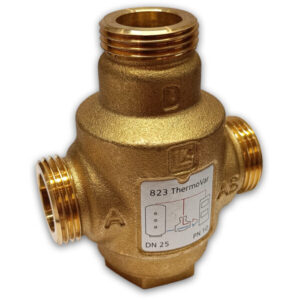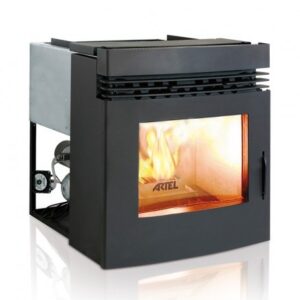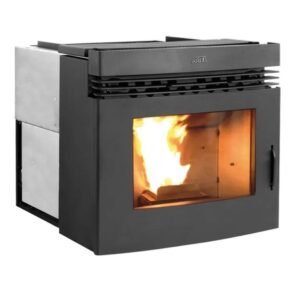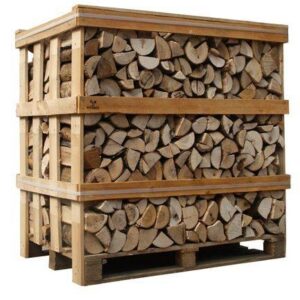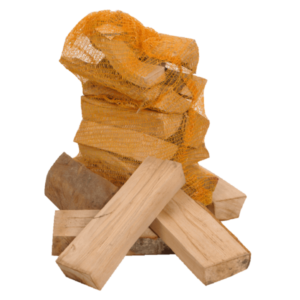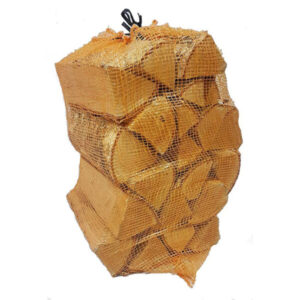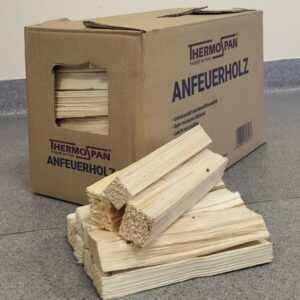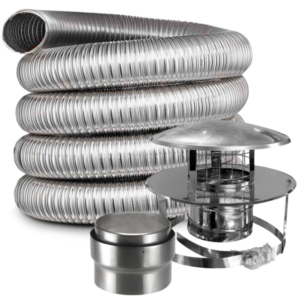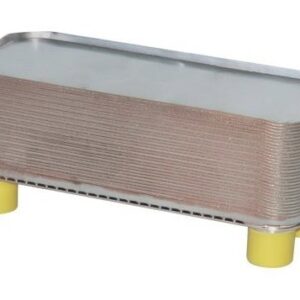FAQs
Common Questions
Wood pellets should be stored in a dry, cool place to prevent moisture absorption. Ideally, keep them in a sealed container or a dedicated pellet storage bin to maintain their quality.
Follow the manufacturer’s instructions for your specific stove model. Generally, fill the hopper with pellets, adjust the settings for desired heat output, and ensure proper ventilation for optimal performance.
Yes, wood pellets are considered an eco-friendly heating option. They are made from renewable resources and produce lower carbon emissions compared to fossil fuels when burned.
Hardwood pellets typically burn hotter and longer than softwood pellets, making them ideal for heating. Softwood pellets can ignite more quickly and may have a higher ash content.
The amount of pellets you’ll need depends on your stove’s efficiency, your home’s size, and heating preferences. On average, a typical household may require 3-5 tons of pellets for a winter season.
It’s best to use only wood pellets specifically designed for pellet stoves. Other types of pellets (like those made from corn or biomass) can produce harmful emissions or damage your stove.

